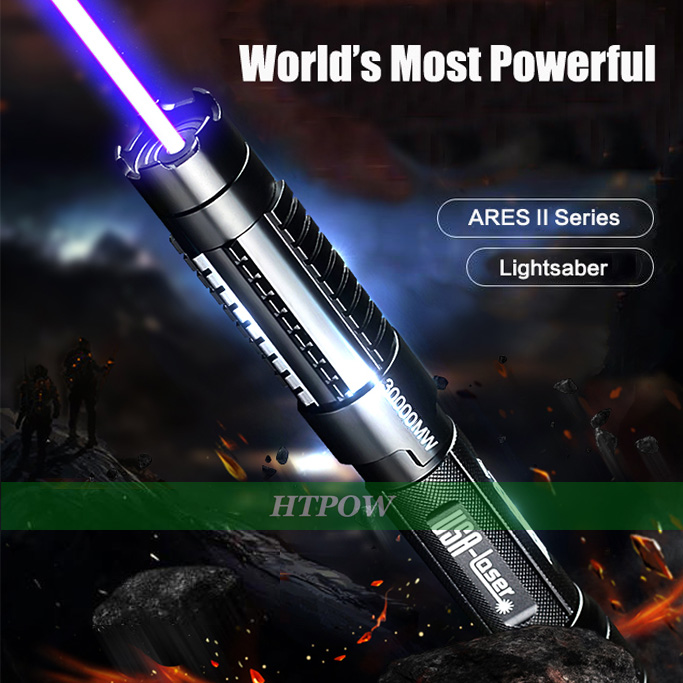Compared with the widely used fiber optic cable, router and switch systems today, the method taught can provide equal or even better bandwidth and throughput (depending on how many data links the data center has). He said that thanks to the development of laser pointer and photodetectors, this infrared signal transmission system can easily process trillions of bytes of data.
A microelectronic device with a micro-mirror installed to refract the laser into the receiver. According to statistics, the power consumption of data centers in the United States accounts for about 2% of the country's total power consumption, most of which is used to cool about 400,000 servers. But at any point in time, about 30% of the servers are idle, which means that a lot of energy is used to cool the idle servers.
Infrared lasers can make it easier for data center managers to rearrange server racks. In this way, all the servers that need to be cooled can be placed in the same area instead of scattered around. At present, many large Internet companies regard the data center energy cost as one of the most important criteria for selecting the location of the computer room. For example, Google made "a lot of cheap electricity" as the primary condition for data center location.
Data center cooling consumes a lot of power. Of course, it is still difficult to assess how much energy this infrared laser can save, and whether the cost-effectiveness of installing the laser is not known. The professor spent about 20,000 US dollars to build a prototype system, but he expects that if a large company is willing to invest, or if integrated electronics continues to make breakthroughs, the equipment cost of this system will drop sharply and rapidly.
Data center energy efficiency experts said that it is not yet known whether the professor’s ideas can be used by Google or Netflix, but he should probably test the water in smaller markets first: for example, in the field of supercomputers. He added: "Even if it can't be widely used, there are some important technical fields that may use this concept." The supercomputer room may become a potential application scenario for infrared lasers.
Before testing infrared lasers, his colleagues at Stony Brook University and Carnegie Mellon University tested whether high-frequency millimeter waves can replace cables. In the electromagnetic spectrum, high-frequency millimeter waves are between infrared and commonly used radio waves. Unfortunately, once the transmission distance exceeds 10 meters, the high-frequency millimeter waves will be attenuated or useless. In this regard, the explanation is due to too much interference.
After the receiver captures the infrared signal, it will lead it into the optical fiber and transmit it to the final receiving end. For safety reasons, when his team switched to the infrared green laser pointer, they specifically equipped a signal amplifier to increase the signal strength. However, it turns out that this is completely superfluous. Surprisingly, the infrared signal is so strong that they have to weaken the signal strength at the receiver, and then let the device process the signal. If the signal is good enough that you have to weaken it, it proves that the test has actually been quite successful.
Nevertheless, there are still several issues that need to be resolved urgently, such as vibration. When the server rack is processing and transmitting data, due to the internal devices working at the same time, vibration will occur. The research team is very worried that this vibration will affect the accuracy of the laser, because "the signal gathered by the vibration will cause serious data loss. At present, the professor and the research team are optimizing the structure of the prototype system to eliminate such external factors as much as possible. Impact.

